The Catholic Church attaches great importance to the figure of Mary, mother of Jesus, the incarnation of all grace. In her is manifested the infinite goodness of Christ, his immense sacrifice for his beloved children.
Our Lady of Divine Providence is one of the names the Church uses for Mary to remember this particular aspect of her figure. The word ‘Providence‘ brings together the concepts of the Incarnation and Redemption attributed to Christ.
The title Madonna of Providence is said to derive from Scipio Pulzone’s ‘Mater Divinae Providentiae’. Painted in 1580, it was exhibited in the Church of San Carlo in Catinari in Rome by the Barnabites fathers, to whom it was donated by the painter. The Secular Confraternity of Our Lady of Divine Providence, recognised by the Pope, was later created around the painting. It is a devoted charity and Christian mercy.
No incarnation of Mary is closer to the figure of the Mother than Mary of Providence.
With this title, we celebrate the superior will of God, in the name of providence and His ineffable love for us. He ordered that the Blessed Virgin became the Mother of Christ. Our Lady of Providence embodies in herself the mother who comforts, supports, protects and assists in times of need and in the worries of everyday life.
Our Lady of Providence acts as intermediary between the infinitely merciful Christ, her son, and the faithful, an unbreakable and strong bond, a sweet and solemn promise of salvation. We turn to her with devotion and hope, because nothing is more gentle and convincing than the voice of a mother who speaks in defence of her own children.
In addition, it is to this blessed Mother that Jesus entrusted all of his children from the cross. Our Lady of Providence is a bearer of Grace. She benevolently looks upon all acts of mercy and charity, which common people have devoted to her over the centuries, but also by Popes and future Saints.


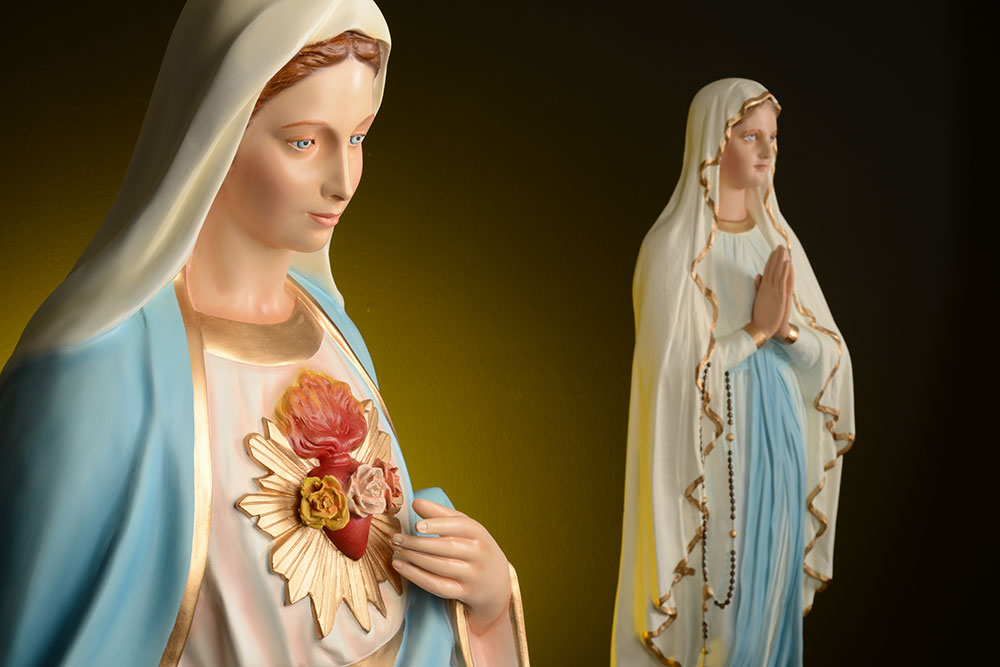
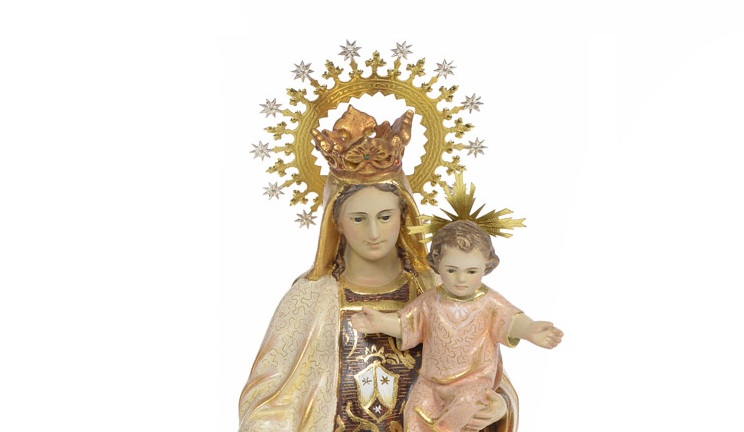
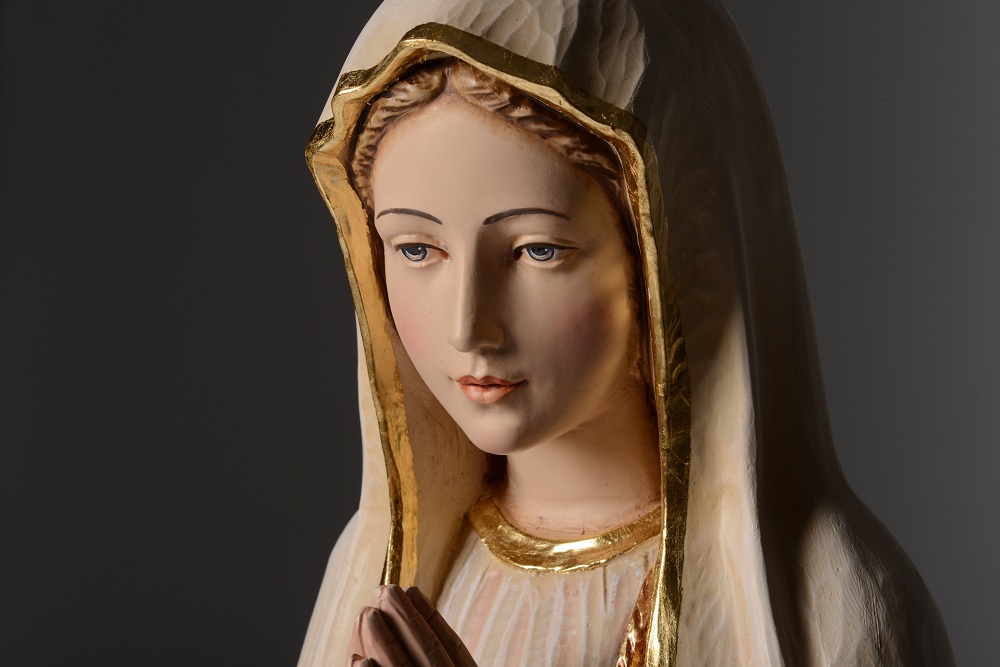
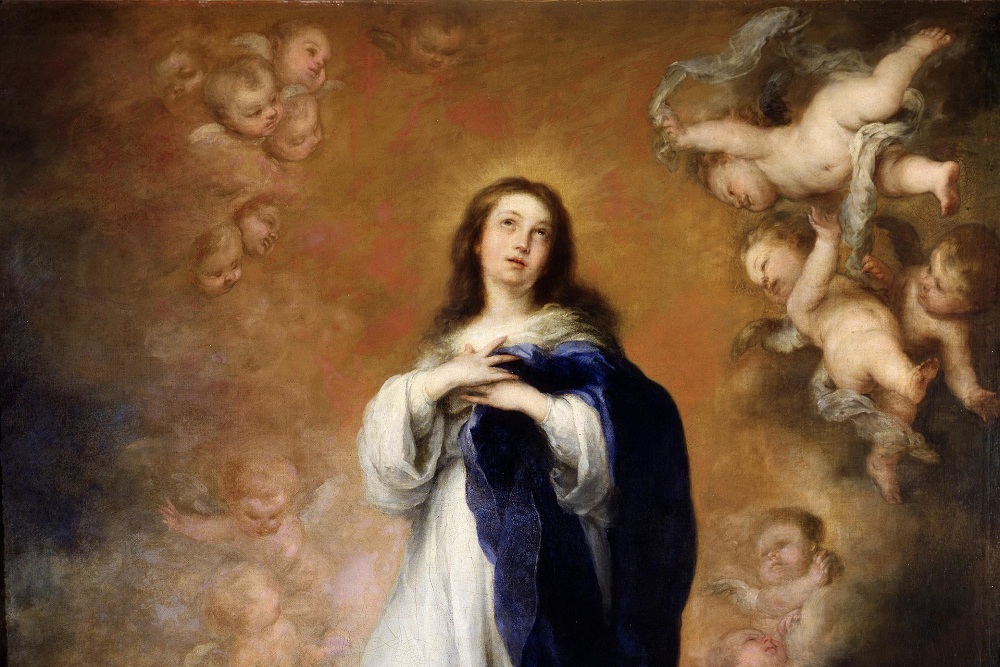
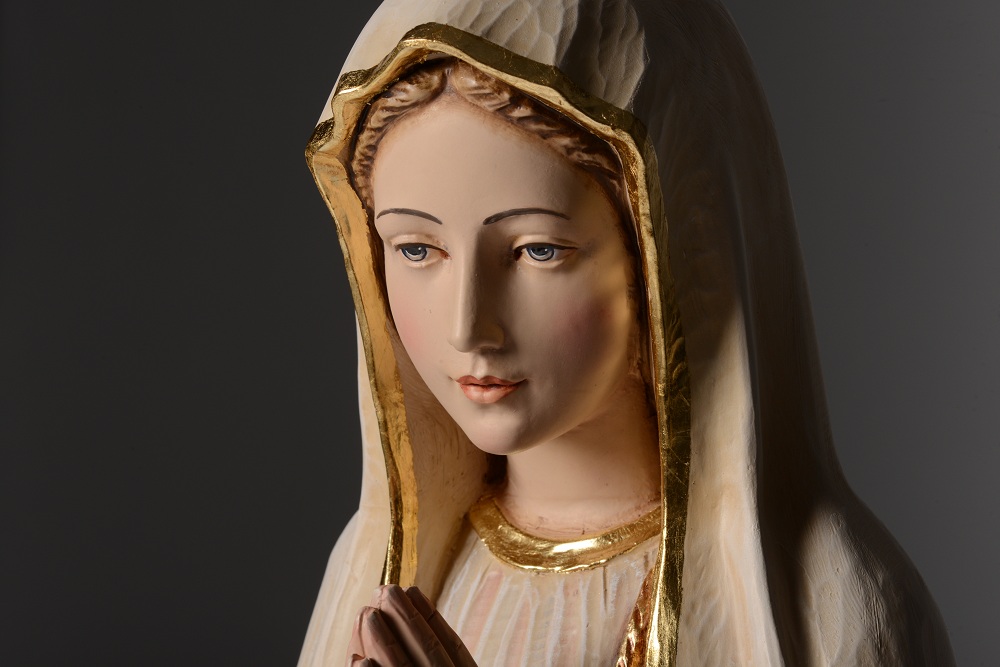
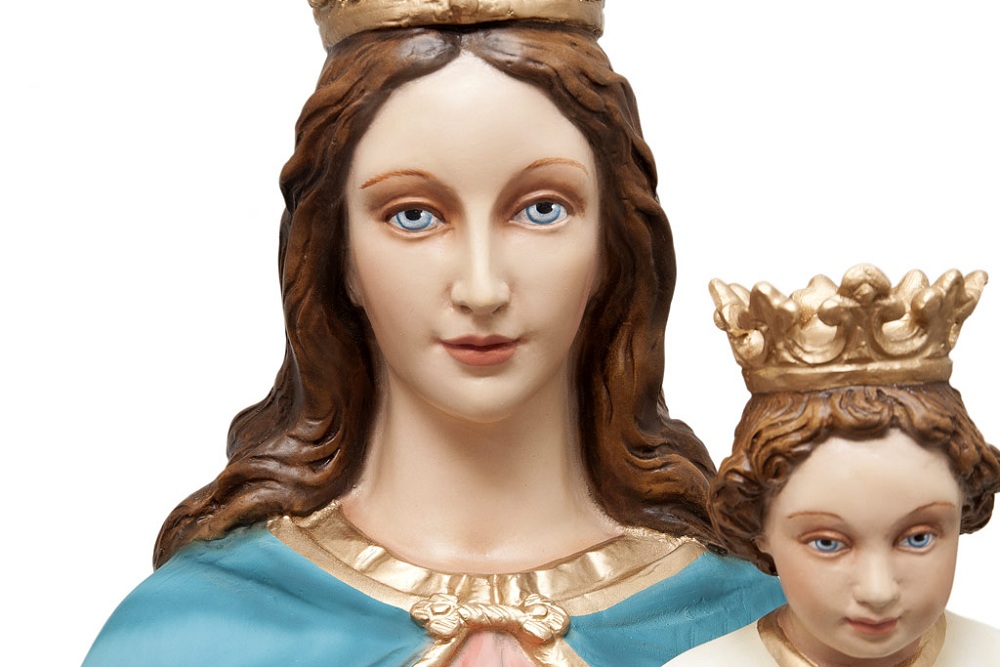
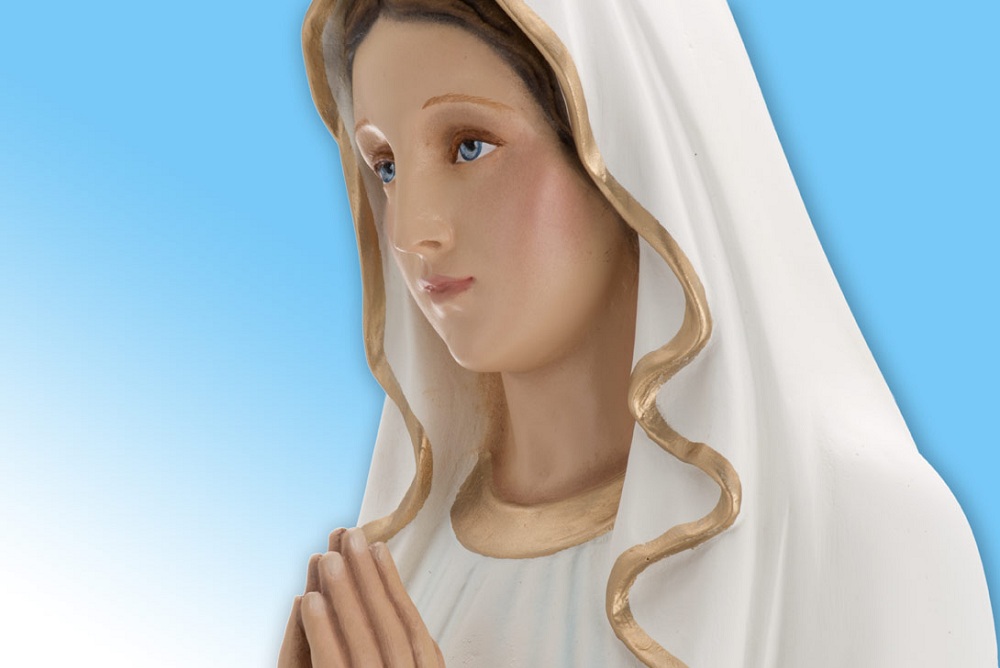
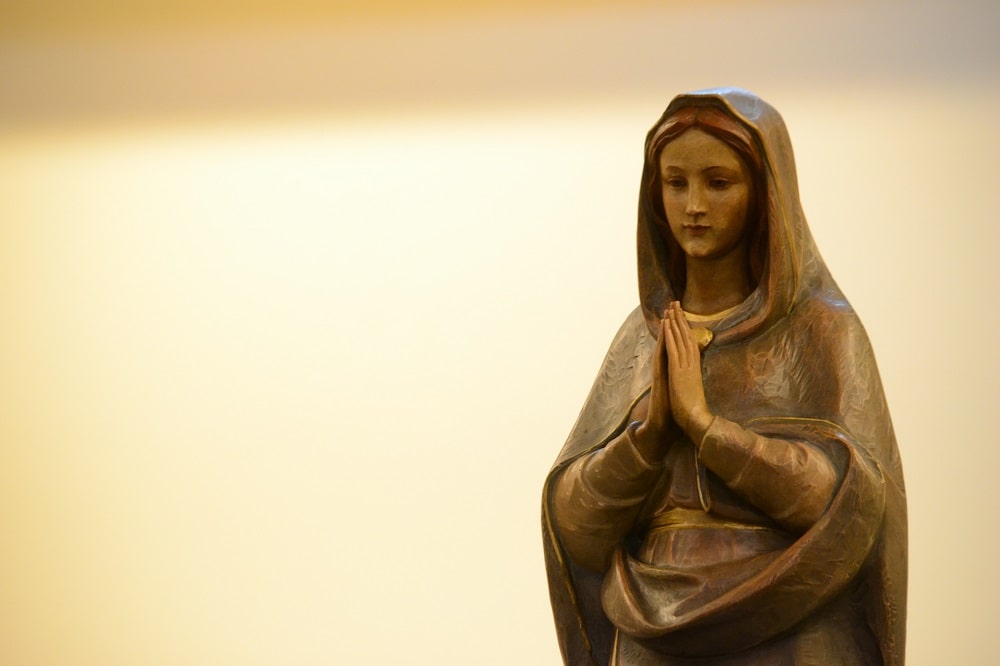
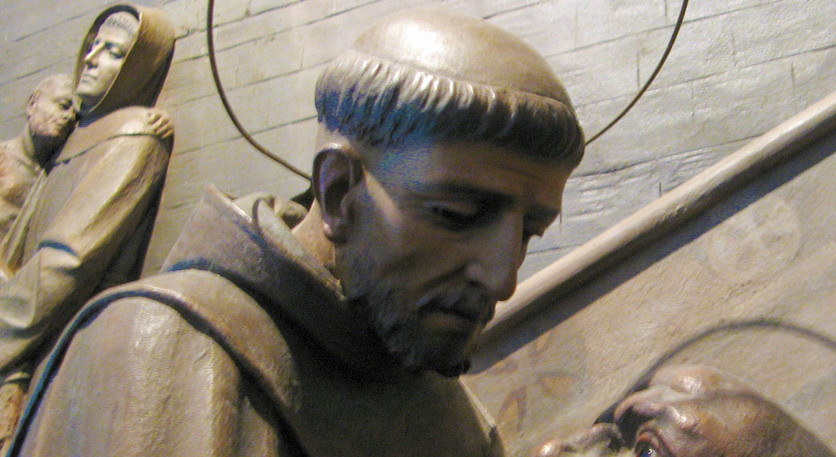








 19 March 2025
19 March 2025






